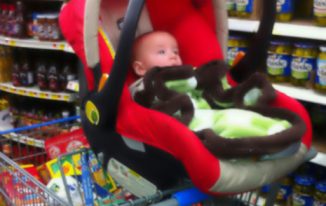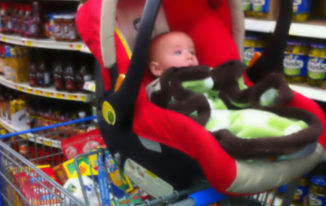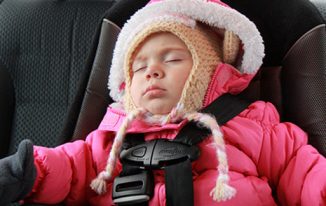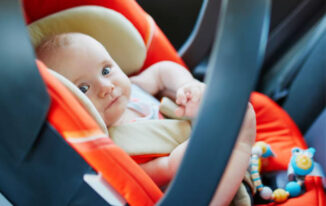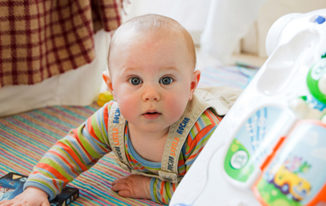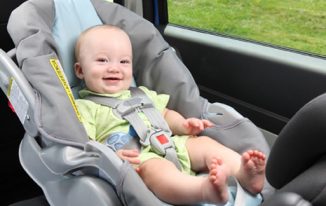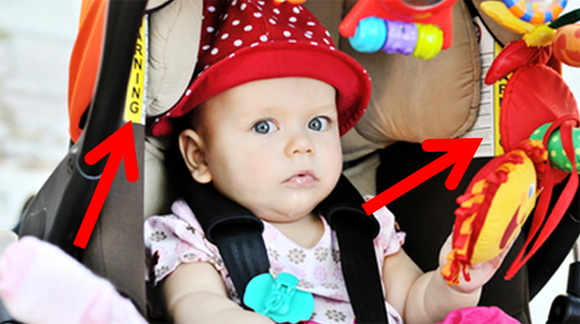 Warning signs and labels are there for a reason: To keep your child safe. Unfortunately, it might come as a surprise to you that a lot of people tend to still ignore these at the expense of their child’s safety.
Warning signs and labels are there for a reason: To keep your child safe. Unfortunately, it might come as a surprise to you that a lot of people tend to still ignore these at the expense of their child’s safety.
As parents, the SAFETY of our children should be our top priority. However, why is it that some parents appear to not pay much attention to safety warnings?
Could it be the lack of awareness regarding safety standards? Could it be a sense of complacency that nothing bad could possibly happen?
Some people even reason out that making the extra effort for safety is just so inconvenient. Really?
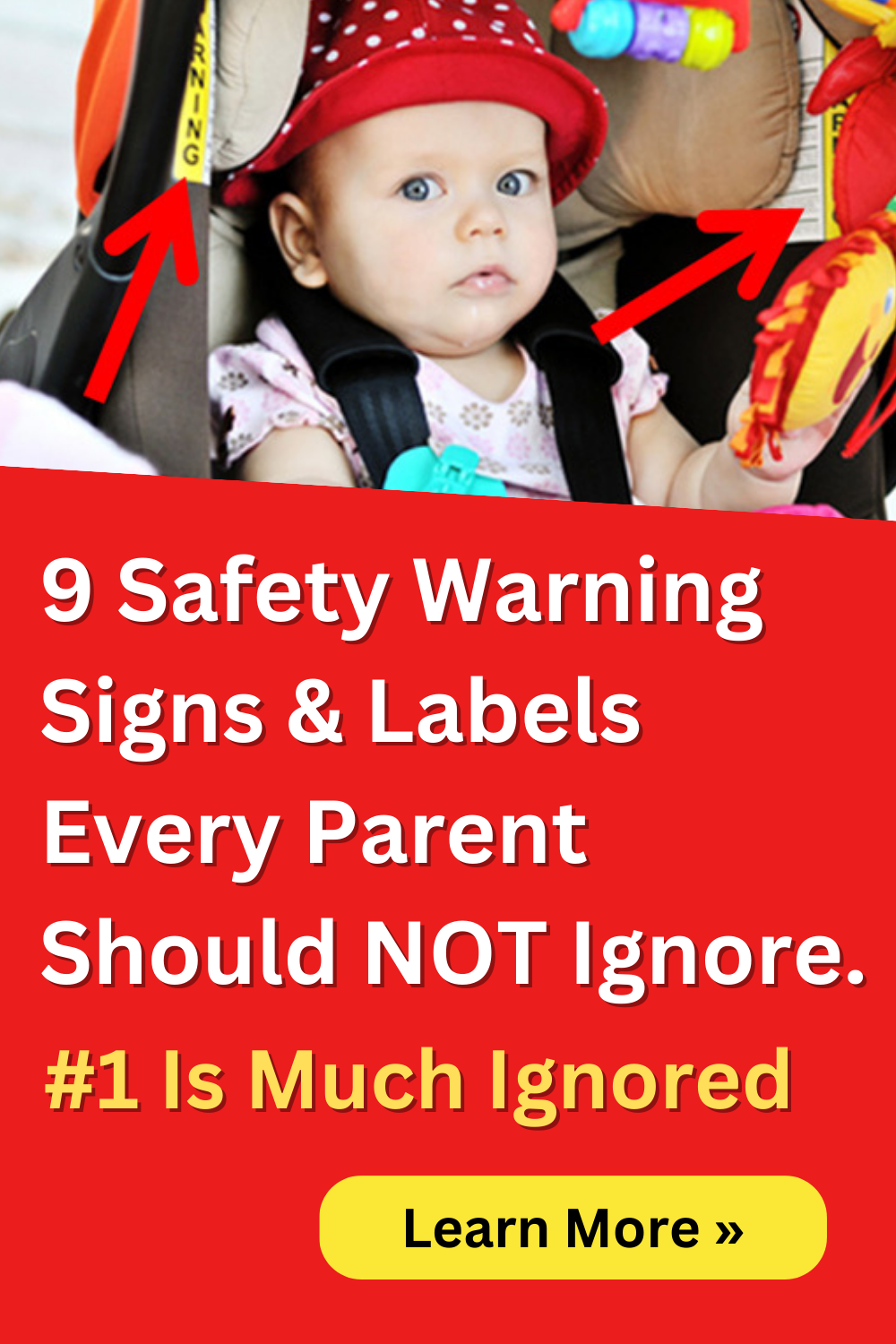
Whatever the reasons are, the fact is … children are getting hurt. Some seriously. And unfortunately, some end up losing their lives.
Please DO NOT ignore these everyday warning signs and labels. Your child’s life is way too important to take chances with.
Here is the list of warning signs and labels every parent with a young child should not ignore. From shopping malls to the grocery stores, you will still find parents blatantly ignoring this warning sign right underneath their noses …
1. No Baby Car Seat on Shopping Cart Warning Sign. Although a voluntary shopping cart safety standard was implemented in the United States in 2004, the overall number and rate of injuries to children associated with shopping carts have not decreased. In fact, the number and rate of concussions/closed head injuries have continued to climb. Source: EurekaAlert.org
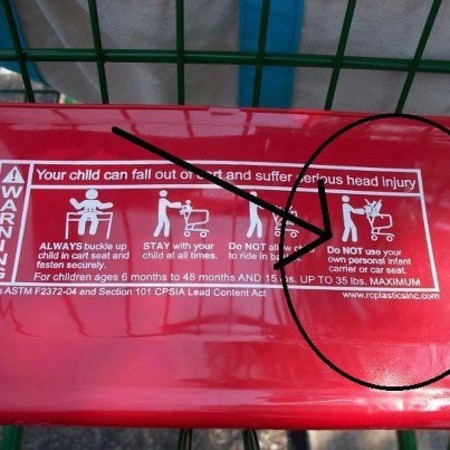
Baby car seats are NOT designed to be secured on top of shopping carts. The next time you use a shopping cart while doing groceries, check and see if there is a warning sign saying that baby car seats should not be placed on top of shopping carts. If you see a warning sign, just don’t do it.
Even the American Academy of Pediatrics highly recommends not to place baby car seats on shopping carts due to the potential dangers associated with the practice. Their recommendations are warranted given the risks and dangers of this common practice.
Shopping carts can tip over easily — and they’re more likely to if there’s a car seat mounted on them.
Debra Holtzman, who is also the author of The Safe Baby, adds:
The cart has a narrow wheel base in relation to its height, so the center of gravity is affected when you put a child in it,” she says. “When your child’s car seat is on top of it, the center of gravity is affected even more, increasing the chances of tipping. Source: TheBump.com
Also make sure to check the manual of your baby car seat and check the warning label to confirm that the car seat should not be used on shopping carts.
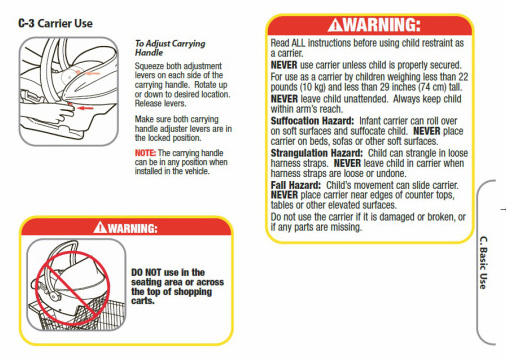
If your baby carrier manual warns you not to do it and the shopping cart you are using has the warning sign, then please DON’T place the baby carrier on top of the shopping cart.
The American Academy of Pediatrics highly recommends NOT to place car seats on shopping carts and suggests the following options:
Get another adult to come with you to watch your child while you shop.
Put your child in a stroller, wagon, or frontpack instead of in a shopping cart.
Ask your older child to walk and praise him or her for behaving and staying near you.
Leave your child at home with another adult while you shop.
Shop online if your store offers shopping on the Internet.
Never leave your child alone in a shopping cart.
Do not let your child stand up in a shopping cart.
Do not allow an older child to climb on the cart or push the cart with another child in it, because it is very easy for a child to tip the cart over.
Next time you go to the mall, you might like to observe if some parents pay attention to this warning sign.
There are still some parents who seem to not pay attention to these warning signs in shopping malls.
2. No Stroller on Elevator Warning Signs. Escalator manufacturers and building owners frequently place prominent signs near escalators warning riders not to board with strollers, walkers, or carts. Other accidents involving strollers include strollers being dropped down the escalator and strollers becoming entrapped with the escalator. Source: ElevatorAccident.net
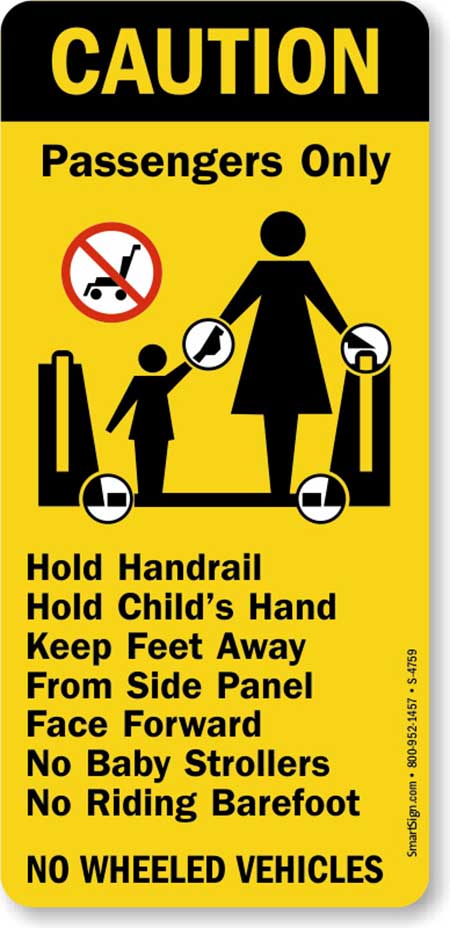
There are very real dangers to boarding strollers on escalators such as this story, where a small child fell from a stroller while on the escalator.
A 2006 study on Pediatrics regarding escalator injuries found that there were “disproportionate amount of escalator related injuries in children who were younger than 5 years of age.” … The study found that 6% of injuries in this age group were from a stroller, usually from falling out of the stroller. Source: PediatricsNow.com
Solution: Simply take the extra time to use the elevator with your stroller as opposed to the escalator.
Are you sure you have your child buckled up properly?
You might like to check if you buckle up your kid properly next time you get in the car.
3. Car Seat Buckle Warning Labels. Car crashes are the leading cause of death for children ages 1 to 13. In 2010, 655 children (under the age of 13 riding in cars and trucks) were killed in crashes. Of those killed, more than 1 in 3 were unrestrained … Research analyzed by Cincinnati Children’s Hospital Medical Center – a national leader in pediatric and adolescent medicine – shows that in the U.S., only 1 in 4 child car seats are properly installed. Source: BuckleUpForLife.org
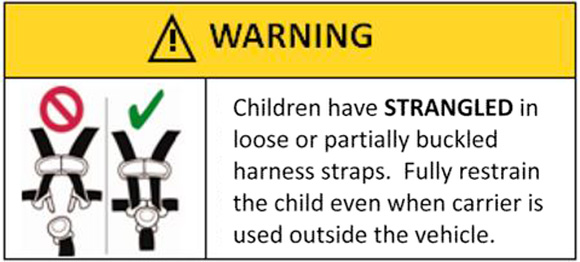
Holly Wagner lost her 11-month old son Cameron after a car accident. Here is what she had to say:
If I could go back and change anything it would the lack of research I did on car seats. I would go to cert.safekids.org and find a tech local to me that could help install my seats and teach me how to use them the correct them. Before the accident I always made sure to strap the car seat down to the seat and always would buckle them all the way but I didn’t know all the little things … like how you’re not supposed to use after market products and how much safer rear facing is than forward facing.
Make sure to buckle up your child correctly. Spend a few minutes to watch the video below to learn more about how to properly buckle up your baby:
Safety labels with regards to having the appropriate car seat for your child is also very important. Did you know that most parents do not know when is the right time to move a child from a car booster seat to seat belt?
4. Booster Seat Warning Labels. Nine out of 10 parents of children ages 4 to 10 surveyed recently were found to have moved their children out of the booster seat before they were big enough, according to the Safe Kids Worldwide advocacy group. Seven out of 10 didn’t realize that children need to be at least 4-feet-9-inches and 80 to 100 pounds, the group said. Source: WashingtonPost.com
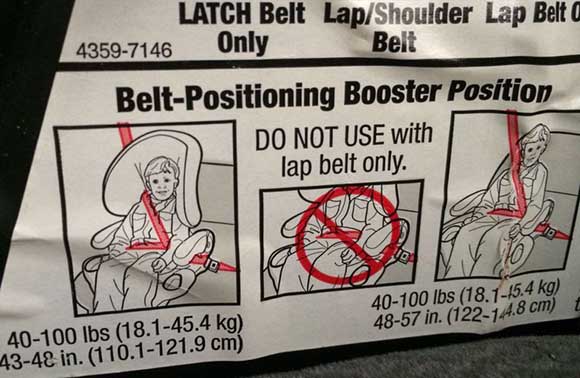
Most booster seat labels clearly show the minimum height and weight ranges for when kids should be able to move from a booster seat to seat belt.
According to CBSNews.com, car crashes are the leading cause of death for children older than 3 in the U.S. and cause another 179,000 child injuries each year. Using age and weight appropriate car seats is therefore really important to help reduce fatalities or serious injuries.
Kate Carr, president and CEO of Safe Kids Worldwide, says booster seats can reduce injuries by 45% over seat belt use alone.
If there were a crash and they weren’t in a booster seat, but just in a regular seat belt. They could suffer internal abdominal injuries or face or neck injuries caused by the belt tightening during the impact of the crash.
You would think it’s common sense that parents would know not to let kids do this. However, some parents allow their child to ride in the front seat in spite of the clear warning saying that this is extremely dangerous.
5. No Child In Car Front Seat Warning Label. Active seats belts and airbags are calibration sensitive and may be ineffective in protecting children. In fact, airbags (which explode out of a dash at up to 200 miles per hour) can be outright dangerous for infants and children. Source: Safety-Security-Crazy.com
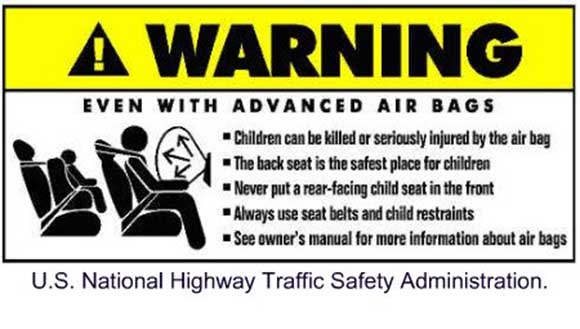
The site Safety-Security-Crazy.com says that:
The U.S. National Highway Traffic Safety Administration studied 3.3 million airbag deployments that occurred between 1990 and 2008. They concluded that airbags had saved over 6,400 lives. Unfortunately, airbags are thought to have caused 175 fatalities (104 were children) and many severe injuries.
According to the Department of Motor Vehicles, most states do not have a specific age wherein children can ride in the front seat. However, most states recommend that children ride in the back seat as long as possible. Keep in mind that airbags in the front seat are designed to protect average-sized adults and NOT children. These cannot provide adequate protection and in fact, can be extremely dangerous for small children.
Solution: Just have your child ride in the back seat as much as possible. If ever you are left no choice but to have your kid sit in the front seat, make sure that the airbag is set to “off”.
The next warning label is very much related to the above topic that we have just discussed. If your car has an active airbag, do not place a rear-facing car seat in the front seat.
6. No Baby Car Seat In Front Seat Warning Label. The Centers for Disease Control and Prevention highly recommends to never place a rear-facing car seat in the front passenger seat. A baby riding in the front seat, even though the seat is rear-facing, is simply dangerous as the baby can be fatally injured in the event that the passenger air bag is deployed in a collision.
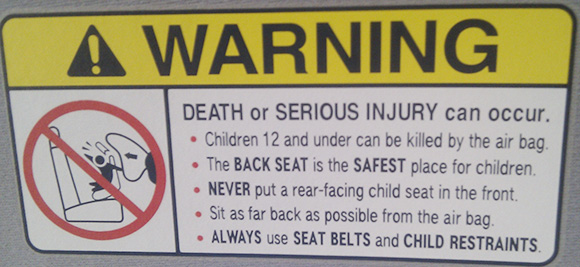
As already mentioned in the previous section, airbags (which explode out of a dash at up to 200 miles per hour) can be outright dangerous for infants and children. Source: Safety-Security-Crazy.com
Solution: Always put your baby in a rear-facing child safety seat in the back seat of your car.
The next warning label has something to do with a simple everyday item that you have in your home.
Be aware that the simple plastic bag or other fine plastic films scattered around your house can be deadly to babies and young children.
7. Plastic Bag Suffocation Warning Labels. The U.S. Consumer Product Safety Commission (CPSC) has received an average of about 25 reports a year describing deaths to children who suffocated due to plastic bags. Almost 90% of them were under one year of age. Source: HelpKeepKidsSafe.org
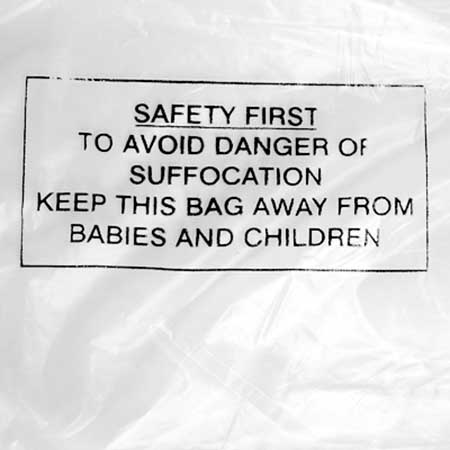
According to CPSC, some of the deaths were attributed to situations wherein the baby crawled into a plastic garbage bag or when a child pulls a plastic dry-cleaning bag over their face. In some instances, a plastic garbage bag fell over the baby’s face and mouth while he/she was lying on a bed. Garbage bags also have also resulted to deaths when a baby climbed into them or rolled onto them while sleeping.
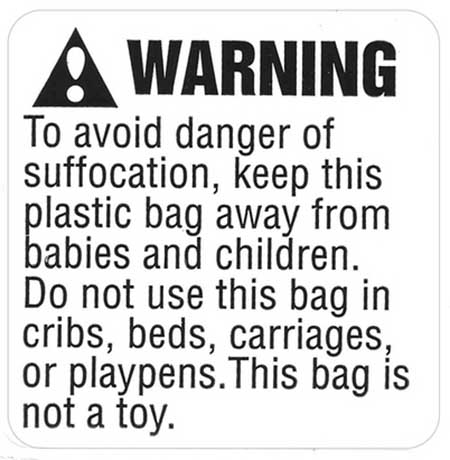
What you can do according to KidsHealth.org:
1. Never put an infant down on a mattress covered with plastic or on or near a plastic bag.
2. Promptly dispose of plastic shopping bags and plastic dry-cleaning bags. Tie several knots in each bag before throwing it out.
3. Keep all plastic bags, including garbage bags and sandwich-style plastic bags out of the reach of young kids.
4. When cleaning up after a birthday or holiday party, pay special attention to all plastic bags from packaging. Collect them and throw them out immediately.
The next warning label has something to do with things children love playing with.
Every child loves to play with toys. Just make sure to check the warning labels.
8. Toy Parts Choking Hazard Warning Labels. In 2011, 188,400 children under the age of 15 years were seen in emergency departments for toy-related injuries.That’s 516 kids every day. More than a third of those injured were children 5 and under. Source: SafeKids.org
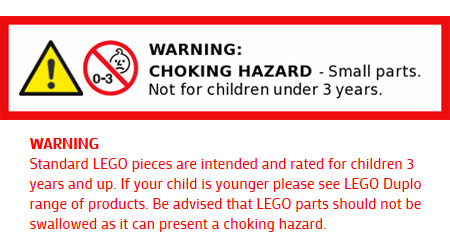
Here’s what you can do: Be a toy label reader and make sure to buy toys which are age appropriate. Make sure to make your family aware that toys with small parts should not be left out where babies and toddlers could get their hands on them.
Here are other safety tips courtesy of SafeKids.org:
1. Consider your child’s age when purchasing a toy or game. It’s worth a second to read the instructions and warning labels to make sure it’s just right for your child.
2. Before you’ve settled on the perfect toy, check to make sure there aren’t any small parts or other potential choking hazards.
3. Keep a special eye on small game pieces that may be a choking hazard for young children. While these kinds of games are great for older kids, they can pose a potential danger for younger, curious siblings.
If you have babies, toddlers, and really young children in your house, you might like to be aware of this type of window blind …
Parents, please beware of corded window blinds …
9. Window Blinds Cord Warning Labels. According to the U.S. Consumer Product Safety Commission (CPSC), an average of 10 children die every year from window-blinds-cord related accidents.
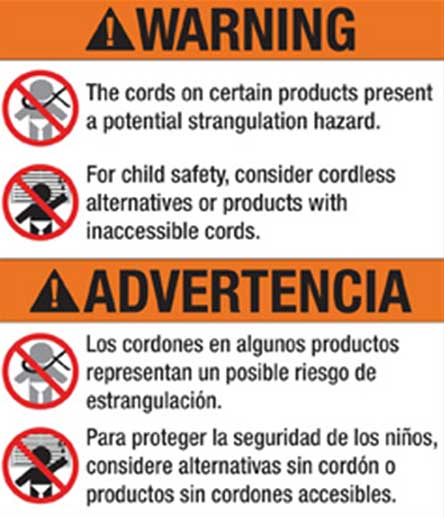
While not a product targeted toward children, window blinds are an example of a household product that needs to be carefully designed in order to prevent harm to children. Unfortunately, the failure of window blind manufacturers to take children into account has led to the serious injury or wrongful death of many infants and toddlers. Window blind cords hang too low, get wrapped around a child’s neck and cause the child to choke. Source: ChildSafetyIllinois.com
Not convinced yet? You can check out this story about a child who was strangled by a window-blind cord. Fortunately, the child survived.
Here’s what you can do to prevent accidents from window-blind cords according to Home Depot:
1. Raise all window cords out of a child’s reach
2. Move all cribs, beds, furniture and toys away from window cords
3. Inspect cord-stops for proper install and function
4. Permanently anchor continuous-loop cords to the wall
5. Update with a retrofit, safety kit, or replace older blinds with a cordless option
“If I Only Knew” …
Some people might say that these are all common sense. The reality is that what may be common sense to one parent might not be common sense to another. That is why we wrote this article just to spread awareness.
A child’s safety is more important than anything else. Just do not compromise safety for convenience. Always pay attention to safety labels and signs. They are there for a reason.
Let’s avoid hearing the words “If I only knew” from an anguished parent whose child was a victim of an unfortunate and preventable accident.
Please help create safety awareness by sharing this article with family and friends. Save a life by sharing this article. The life you save may be your child’s or someone close to you.
Again, let us all keep our children safe.
Are there any warning labels or signs that you are aware of that we should have included in this list?


